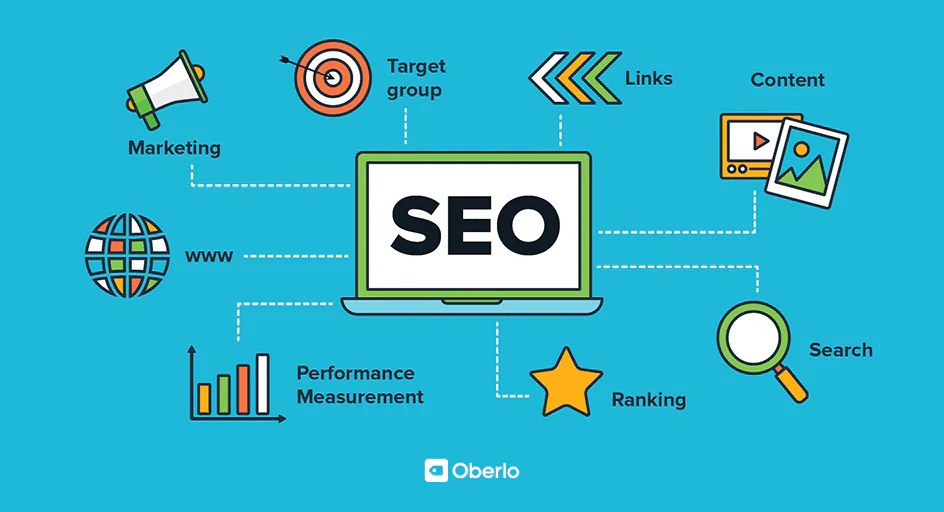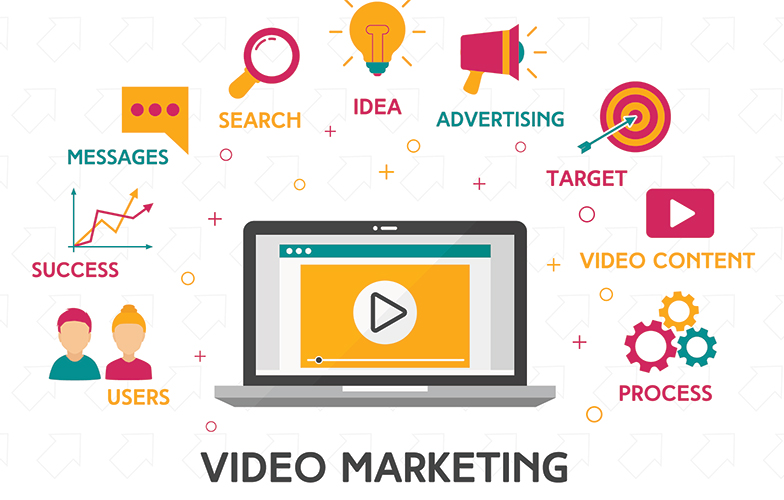Top 5 Current Trends of Digital Marketing
The world of digital marketing is buzzing with exciting new trends in 2025! AI, the metaverse, and short-form video are stealing the spotlight, but let's not forget about the importance of personalization and customer experience. It's crucial to understand how each trend can make a big impact on the success of your online business. And hey, don't forget to check out the bonus tip at the end!
1. Artificial Intelligence (AI)
2. Social Media
3. Search Engine Optimization (SEO)
4. E-mail marketing
5. Influencer Marketing
6. Video Content
1. Artificial Intelligence (AI)
- Chatbots and Virtual Assistants: Businesses are increasingly adopting AI-powered chatbots to enhance customer service. These bots can handle inquiries 24/7, provide instant responses, and improve user engagement on websites and social media platforms.
Predictive Analytics: AI tools are being used to analyze historical data and predict future consumer behaviour. This helps marketers make informed decisions regarding inventory, pricing, and promotional strategies.
Content Creation: AI is being utilized to generate content, from automated news articles to social media posts. Tools like GPT-4 can help marketers create engaging content quickly and efficiently.
Voice Search Optimization: With the rise of voice-activated devices, optimizing content for voice search is becoming crucial. AI helps in understanding natural language processing, allowing brands to tailor their SEO strategies accordingly.
2. Social Media
Short-Form Video Content: Platforms like TikTok and Instagram Reels have popularized short-form video content. Brands are leveraging this trend to create engaging and shareable content that resonates with younger audiences.
Social Commerce: The integration of e-commerce features within social media platforms (like Instagram Shopping and Facebook Marketplace) is growing. Brands are using these features to sell directly to consumers without leaving the app.
Influencer Marketing: Collaborating with influencers continues to be a powerful strategy. Micro and nano influencers are gaining traction as brands recognize their ability to engage niche audiences authentically.
Social Listening: Brands are increasingly using social listening tools to monitor conversations about their products and industry. This helps them understand customer sentiment, identify trends, and respond proactively to feedback.
3. E-mail Marketing
Hyper-Personalization: Moving beyond basic personalization to real-time, behaviour-based customization.
Interactive Emails: Gamification, polls, quizzes, and other interactive elements to boost engagement.
Personalized Content Recommendations: Suggesting products or content based on individual subscriber preferences and past behaviour.
Mobile-First Design: Prioritizing mobile responsiveness and user experience.
4. Search engine optimization
Helpful Content: Create content that genuinely helps users and answers their questions. Prioritize people over search engines.
Content Clusters & Topic Authority: Create comprehensive content around specific topics, demonstrating expertise and covering all angles.
Long-Form Content: In-depth, comprehensive articles often perform well, but quality is more important than length.
Visual Content: Use high-quality images, videos, infographics, and other visuals to enhance engagement.
5. Influencer Marketing
Influencer marketing can significantly enhance your digital strategy. Here’s how to effectively utilize it to boost your brand:
Identify the Right Influencers
Relevance: Choose influencers who align with your brand values.
Reach: Consider their follower count and engagement.
Micro-influencers (10k-100k followers) often yield better engagement.
Resonance: Look for influencers who connect authentically with their audience.
Set Clear Goals
Define what you hope to achieve, such as brand awareness or sales, and communicate these goals to the influencers.
Create a Collaboration Plan
Decide on the content type (blogs, posts, videos), posting frequency, and platforms (Instagram, YouTube, TikTok).
Develop Engaging Content
Encourage authenticity and storytelling, and use high-quality visuals to engage the audience.
6. Video Content
Define Your Goals
Identify what you want to achieve with your video content, such as increasing brand awareness, driving traffic, generating leads, or boosting sales.
Set clear and measurable goals to guide your video marketing efforts.
Understand Your Audience
Research your target audience's preferences, interests, and pain points.
Create video content that resonates with their needs and provides value.
Choose the Right Platforms
Select platforms where your audience is most active, such as YouTube, Instagram, Facebook, TikTok, LinkedIn, and your website.
Tailor your video content to fit the unique requirements and audience behaviour of each platform.
Create Engaging Content
Storytelling: Craft compelling stories that captivate your audience and evoke emotions.
Tutorials and How-To: Provide useful and educational content that helps your audience solve problems or learn something new.
Product Demos and Reviews: Showcase your products or services in action to build trust and credibility.
Behind-the-scenes: Give a glimpse of your company's culture, processes, and people to humanize your brand.



